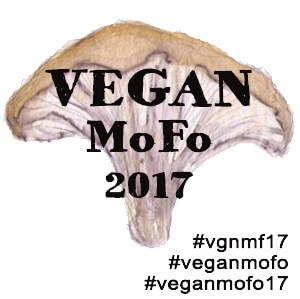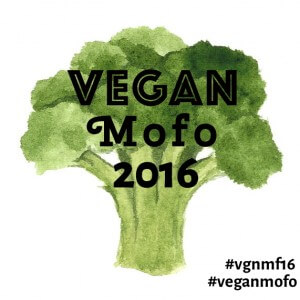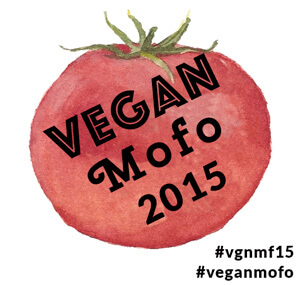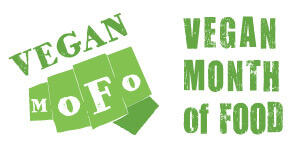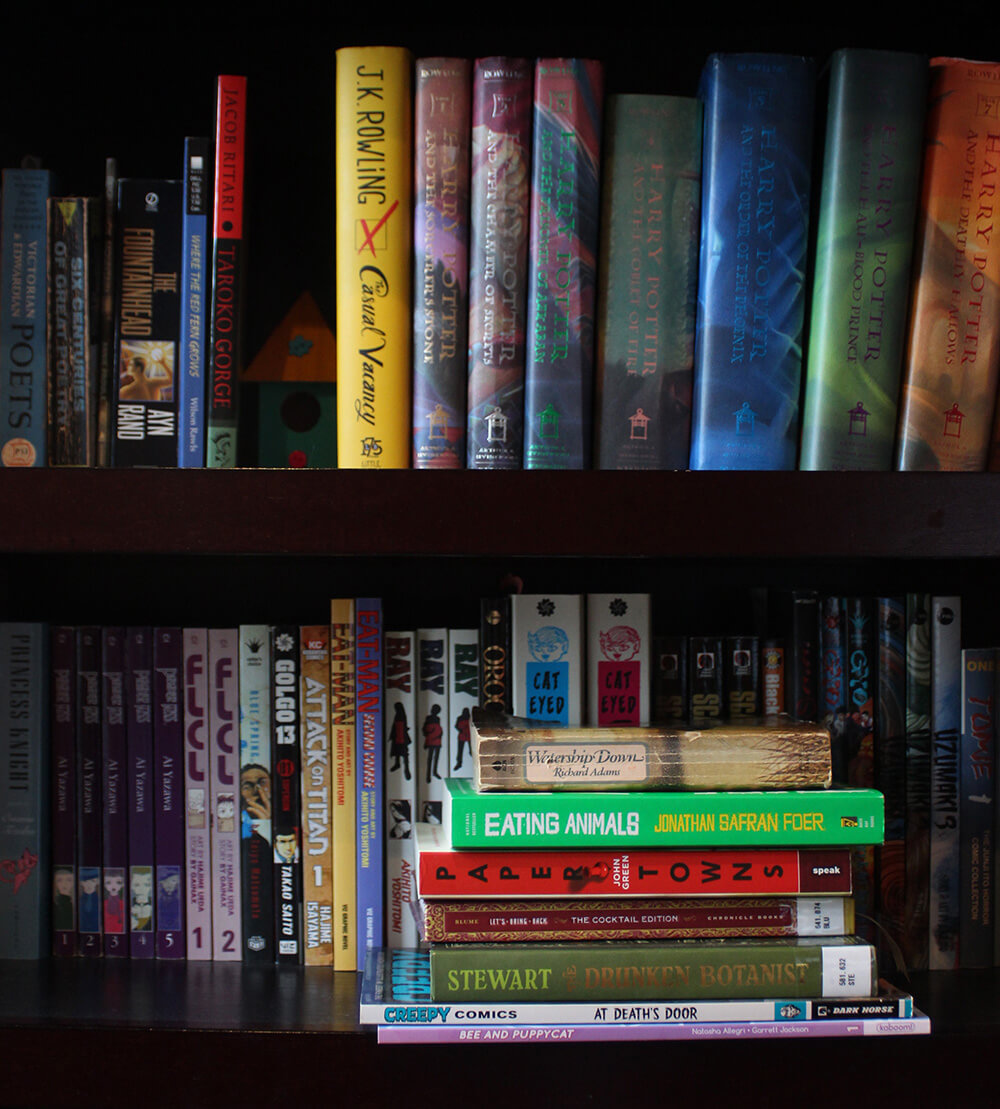
Boy I am horrible at keeping up with my book reviews! I don’t read much, but I always seem to take awhile to actually write my book reviews. And then when I finish the review, I’ve read yet another book to add to the site. Well, I finally completed my reviews of the rest of 2015. I am usually good about writing reviews for winter reading, so if you want to see what I read last year around this time, check out my Winter 2015 post.
As for reading, it was my goal to try and read less comics in comparison to novels and non-fiction. I kind-of failed but that is mostly because I tackled on a really long novel- 480 pages, which is a long book for me. I have always been a slow reader, and always enjoyed shorter novels and short stories instead of long epic novels. That is probably why I like modern literature over some of the classics. The overall theme this time arounds? Booze and animals.
What I am Currently Reading
Junji Ito’s Cat Diary: Yon & Mu – I love Junji Ito’s horror comics, in fact he is the first manga I picked up to read. So I was excited to see that he wrote a comic about cats, and it is oddly suppose to be funny not scary.
We Always Lived in the Castle – I saw some blogger drop this book’s name (I can’t even remember who) so I thought yeah why not? Spooky house? Weird families? Yeah I’ll check it out of the library!
What I’ve Read
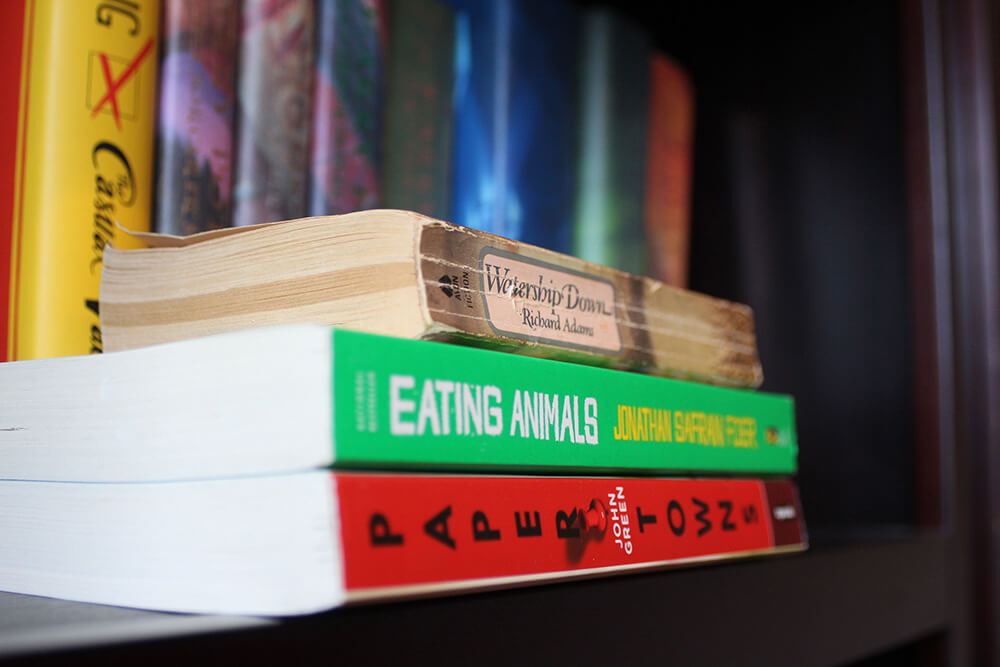
Eating Animals starts as a memoir of Jonathan Safran Foer relationship with veganism and vegetarianism. Bouncing in and out in his youth, which I can relate to. I was vegetarian in middle school, then vegan in college, but truthfully I would “treat” myself to certain non-vegan foods whenever it meant my only option would be a salad. But the book quickly turns and talks about factory farming. It is a pretty hard read for me personally since I became vegan without the horrible videos and gruesome nitty gritty details about how the meat industry worked. I honestly just had the “feels” that there wasn’t any ethical way to mass produce meat. Add in health and environmental reasons, it sealed my fate as a vegan.
The book works on many levels, memoir, poetry, and investigative journalism. Majority of the book revolves around the author visiting many different styles of farms. Factory farms, slaughter houses, and those small ethical farms. There is a thorough investigation about the smaller farms, the places that people grasp so heavily to for ethical treatment of animals. The book talks about why those farms are in jeopardy of going out business, despite having eager consumers.
What I like about this book is that it goes into the grey areas that many vegans avoid. Will people ever STOP eating animals? Probably not, at least not for awhile. So should we conserve energy to get people to stop eating meat or getting more ethical treatment for animals? Can you do both?
This book isn’t a piece of journalism. Yes there are facts, there is research, and much more. But Jonathan Safran Foer places a lot of weight and emotion into the book, which to some might be impossible not to. The books conclusions are very much his thoughts. Sure you as the reader will come to your own conclusion, I’ve know a person who read the book and has made no changes to their diet or practices with animals. Was that because the book came off too preachy? Or was he so un-judgmental that people found it easy to ignore his message? I think the ideal audience for this book is either the already vegan, or the person who is already somewhat invested in where their food comes from.
I like picking up young adult fiction from time to time as an easy read. I enjoyed reading The Fault in Our Stars, and saw the trailer for the movie for Paper Towns. The trailer looked very fun and made the Paper Towns story more fun and uplifting than The Fault in Our Stars (or at least a different type of uplifting). The story follows Quentin, a teenage boy living in the burbs of Florida. He has been holding onto a crush for the girl next door, Margo. She’s popular, adventurous, and beautiful. One night she comes knocking at his window, and the two sneak out for an late night adventure. The next morning Margo goes missing, and Quentin makes it his job to find out where she went.
There are some things I loved and somethings I found annoying in the book. The slang used by Quentin and his friends sounded a little forced, and perhaps that is just to emphasis how painfully uncool the guys are. But knowing when I was a teenager, I would of found this language embarrassingly bad, and would have a hard time getting past. But there are somethings Green hit right on the head, like the social boundries falling down at the end of senior year, that new found freedom of owning a car, and friends being kind-of jerks.
As an adult there really isn’t any new profound meaning to take home, but as a teenager, I think I would of taken a lot of good advice. There is more to people that what you can see on the outside. And this largely why many people “break up” or relationships don’t work out. You might feel like your know this person you have a crush on, but there is only a certain side to our personality that we share with people. I wasn’t too fond of the ending, but I won’t go into the spoiler details. I do know that John Green addressed they did change some parts ending in the movie, which I think are for the better (I haven’t seen it yet, but I have my hunches about what it is). But it is a quick read and was still really good.
I saw a trailer of this movie from Criterion Collection and thought it looked cool. Added the book to my To Read list on Goodreads, and kind-of forgot about it. But I was scanning my bookshelf to pick the next book to read and saw the title! My husband took a lot of the books from his Grandmother who use to be an English teacher. The book still has the envelope in the back for students to check it in and out of the school library, which was kind-of cool.
It took a long time to read since it is much longer than what I am use to, 480 pages, when I normally read things that are 300 pages or less. I knew the book was about more than just rabbits, in the same way Babe is more than just a funny pig. I figured the book is a classic for a reason. I thought it might have a hidden “save the environment” or “respect the animals” message, and it kind-of does. The story paints a picture showing that animals can be more complex than we think. The author has done a lot of research on rabbits and their habits, so in some way we do get a great view of how an animal thinks. The book does show how humans shape animal’s lives. The rabbit’s home are destroyed by humans, they are constantly in fear of being killed by humans. But they still have some sort of understanding of our habits and will steal our produce from farms.
But this book isn’t about rabbits- it is very much about humans and the nature of war. Why do people go to war? How do we react to our homes being destroyed? What do we look for in our leaders? The story even touches about dictatorships and folklore. Many very “human” characteristics are given to rabbits but we never forget that the book is about rabbits not humans. What makes the book so brilliant is that by making the story centered around rabbits instead of humans, we as a reader can step back and think about war without any cultural constraints.
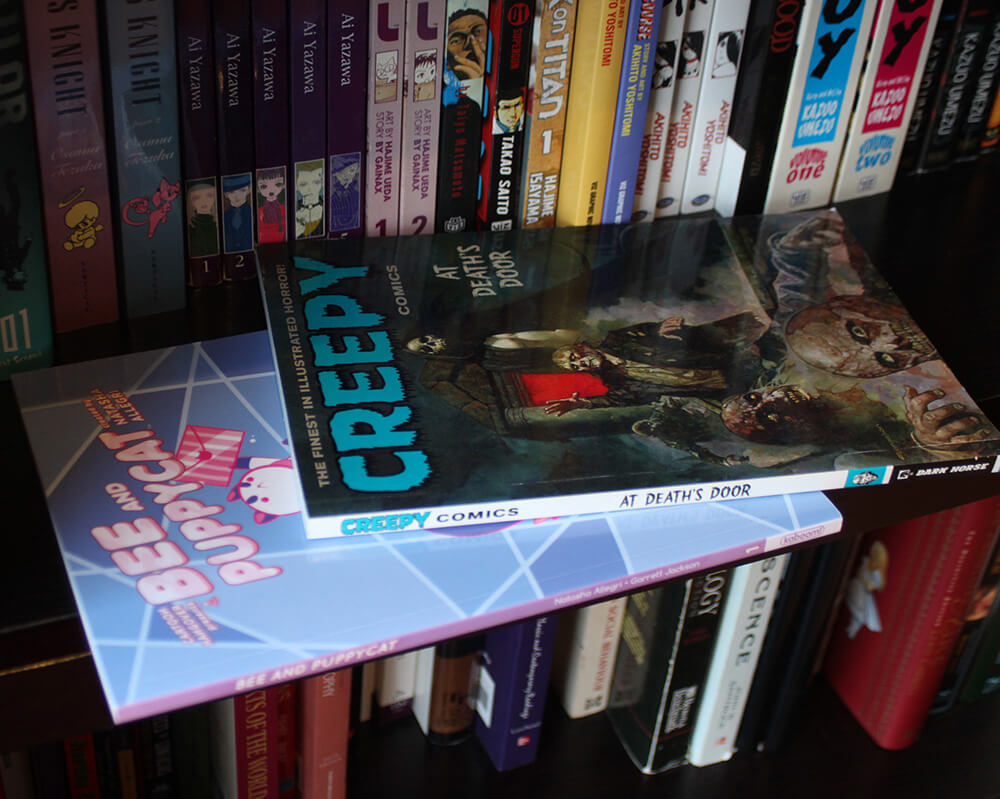
For my niece’s birthday I was trying to find some comics for her. I wanted to try and find some that weren’t based on super heroes. I am big fan of alternative comics, so I searched around. I randomly found Bee and Puppycat, and I loved the cartoons, so why not? I read the book before giving it to her and dubbed the books not very kid friendly. Some bits were a little confusing and the story had QR codes part of the plot. A cool thing, but I knew they would need the help of their mother. So I kept it for myself ^__~
The collection of comics are by various artists and writers so they quality changes a lot. But in some ways I like seeing the varying art styles and story lengths. What does stink is that because there are different artists working on the books there isn’t an overall theme or story arc. If I remember correctly there was even a story ending with “to be continued” but doesn’t get finished in this volume.
But I do think the stories capture the feel of the cartoon. The stories really utilize the comic medium well, which can be hard when making adaptations to an animation. It didn’t feel like they took the character from a cartoon and plopped them down on paper. I could imagine the voices of the characters and the movements that would be represented from the cartoon. I think this is a great comic for anyone who like the show, and it is fun for people who haven’t seen it as well.
Creepy Comics Volume 2: At Death’s Door
I picked up this book from my bachelorette party. Alexa wanted to check out her old comic book stomping grounds. The staffer suggested this collection since I said I liked Japanese horror manga. The book is throwback to the old Creepy anthology. The comic started in 1964 and ended in 1983. The series were black and white comics and came in magazine binding, with Uncle Creepy introducing all the stories.
The relaunch in 2007 keeps to the basics. Comics are still in black and white and the stories are still introduced by Uncle Creepy. What makes this comic collection so interesting is that there is a huge variety of artists working on the same book. Some are drawn in a very mainstream style that could be found with superhero comics while other stories have a much more indie vibe. For example Red Knife by Emily Carroll is an excellent comic with a loose narrative. Her panels weren’t always defined and the ending was open ended (but still creepy!)
The stories do truly change up a lot in artist style and subject matter. Some were very modern, some tried to give campy throwbacks, some had existential themes, some where creepy facts, and one took place in an ancient tribe. Because of this some stories were hit or miss. I think overall, the stories were pretty good, about 50% I really thought were solid stories that stood out. The stories were good enough that it makes me want to pick up another issue.
I originally picked up this book as a birthday gift for my niece. Both of my nieces have been reading more superheroes books and watching more shows. I am a little disappointed (and so are they) about the lack of female super heroes. So I picked up Ms Marvel. What I enjoyed about it is the representation. Ms. Marvel is Kamala Khan, a muslim girl living in Jersey City. Then she graced by the “superhero gods” who give her special super powers. She is now the new Ms. Marvel.
The book is really a coming of age tale, focusing on two struggles with Kamala. She is a muslim growing up in American, trying to find a balance between her culture and fitting in the United States. Her parents are strict, and want her to stay faithful for her heritage and religion. But Kamala is currently rebelling, wanting to go to parties and wear “normal” clothing. The second half of her struggle is trying to balance her new powers. Controlling her rubber hand can be difficult, and she isn’t always successful with her plans.
I found the story decent, but it is much more of a story for a teenage kid. I got it for my nieces that are much younger, kindergarten and 2nd grade, but I think having an adult read the story to them is fine. There were only a few refrences that might need to be censored for kids. What is nice about the book is that it can be saved for when they get a little older. When they can read it themselves, they can appreciate the message about growing up and peer pressure.
If you want more, I suggest checking out Idea Channel’s review/overview of Ms Marvel and how her representation is important for media.

Let’s Bring Back: The Cocktail Edition
Let’s Bring Back is pretty straight forward, the author Lesley M. M. Blume shares many vintage cocktails and how to make them. The book is less about technique and types of glasses and more about looking into the old cocktail culture. She usually gives a recipe with a cute little blurb of history, or a quirky reason to have the cocktail (celebrating something? need liquid courage?) This isn’t a book you just read cover to cover, but is more about flipping the book open to a random page to read.
What makes the book weird is that it walks a fine line of expecting you to make drinks from the book, and doesn’t. Many ingredients are left with their old name swedish punsch, vichy water, and cake of ice, things that aren’t so easily googled. There also isn’t an index which can be a bummer. If I have some absinthe and are looking specifically for cocktails that use it, I would have to search through the whole book, rather than to look it up in the index.
What is nice about the book is the variety of cocktails. So many! You can try and mix and match all the various liquors you have in your house. The drinks also don’t use that much alcohol so you can drink more often. I do know I have a heavy hand with the bottle, but I do think cocktail culture today is a little too much booze. You don’t need to be hammered each time you drink, and the smaller size lets the drinker actually enjoy a cocktail. My only complaint would be that there need to be less vermouth. Goodness did people love to drink vermouth! It is pretty much the only liquor that is hard to store since it is suppose to stay in the refrigerator.
If you have a friend who is into vintage clothing, antiques, and historical novels, I would highly recommend buying them this book. The cocktails vary greatly from time periods, and gives people authentic drinks. I might consider buying this book for myself to refer to for making drinks on the fly at parties.
I bought this book thinking it would be great inspiration of centralized around making cocktails from fresh plants. It did inspire me with cocktails but in a different way. The book centers around the various ways that plants are used in drinks. She starts but covering the various plants that are used in the fermentation process, and all the different ways a certain plant will get used. For example she talks in detail about agave plants and the differences between mezcal and tequila. She also covers more unusual plants like sorghum, cassava, parsnip, and bananas! What I found most helpful are the fancy differences between various brandies, vermouths, and the like.
The second part of the book is about the plants used in flavoring in a liquor. Amy Stewart breaks down the chapter further by centering around specific plant types, herbs, trees, fruits, etc. This helped breakdown and decipher all the different liquors and gives the reader a better idea of what are some good replacements. As some people are aware, unlike food, booze rarely needs to list ingredients. This can be problematic for vegans and people with allergies. The last part of the book is about the plants in actual cocktails (think the mint and lime in the mojito.) This part was rushed through and I wish Stewart made it longer. She leaves the last chapter a quick “inspiration” on how to incorporate plants into a cocktail, rather than give examples of cocktails that use specific plants (though specific cocktails occasionally sprinkled throughout the book.)
I personally loved The Drunken Botonist, it really gave me some inspiration to try new liquors. I learned the history and the importance of some of the drinks that might not be so popular today. But mostly the book makes you revel in the awesomeness that are plants. So many flavors, so many ways we found to highlight their flavors. Vermouth, brandy, wine, all made from grapes but they all taste remarkably different.
I checked this book out from my library and it is definitely on my list of books to add to my library. I can easily see myself taking this book out over and over again reading inserts from it. I am sure there are more definitive books about the topic, but this one is an easy read.











